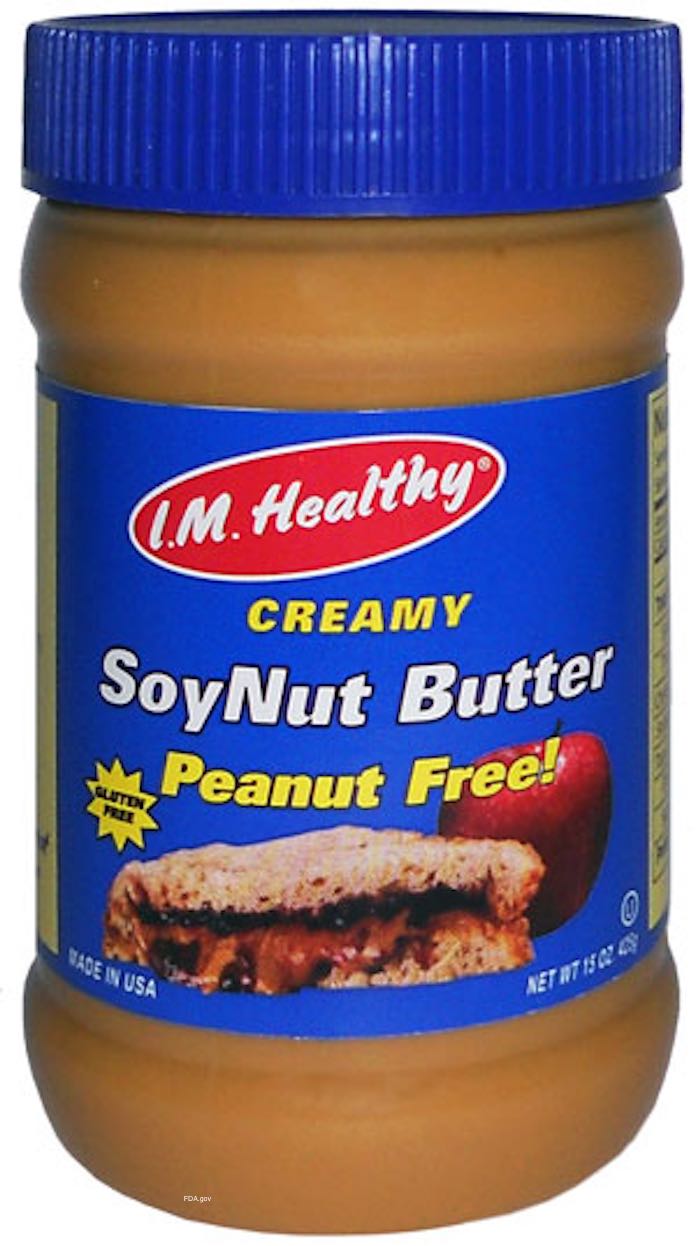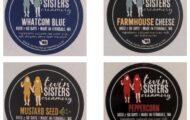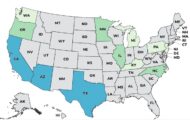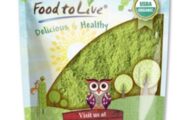The ongoing outbreak of E. coli O157:H7 illnesses linked to recalled I.M. Healthy SoyNut Butter has sickened at least 12 people in five states, most of them children. Because the product is a peanut butter substitute, it was served in daycare centers and in schools. So how does pathogenic bacteria get into a ready to eat product?

This shelf stable, ready to eat product is considered benign by most people. But there have been large outbreaks linked to nut butter products in the past, most notably the 2008 Salmonella outbreak linked to the Peanut Corporation of America (PCA) that sickened at least 700 people. There have been more than 90 recalls of nut butters and nuts for bacterial contamiantion since 2001 in this country. Most of the recalls have been issued since 2012.
So how does pathogenic bacteria get into nut butter products? One way is through contamination in the manufacturing facility. In the PCA outbreak, the FDA released Form 483, which stated that the facility did not manufacture the peanut butter with the controls necessary to minimize the potential for microorganism growth. Salmonella bacteria was found in the facility and in the product and the firm shipped the peanut butter anyway. It is important to stress that the FDA has not released any information about inspections at The SoyNut Butter Company facility yet, where the I.M. Healthy SoyNut Butter was manufactured.
Another way that nut butter can be contaminated is through the raw product. Soybeans and peanuts are a raw agricultural product. Animals in the field, contaminated irrigation water, and runoff from other farms can contain pathogenic bacteria such as E. coli O157:H7. If the bacteria get onto the beans and nuts, they could make their way into the finished product.
Problems during transportation can also contaminate agricultural products. Dirty containers or trucks can deposit pathogenic bacteria onto produce. Or the product could have been mishandled or exposed to the bacteria during transport.
In other words, nuts can become contaminated at any time in the food supply and processing chain. That is why there is zero tolerance for E. coli and Listeria monocytogenes bacteria in ready to eat products. Peanut butter and nut butters are eaten without the consumer providing a “kill step,” that is, heating the product to a temperature sufficient to destroy bacteria.
In the current E. coli O157:H7 outbreak, the case count by state is: Arizona (4), California (4), Maryland (1), New Jersey (1), and Oregon (2). People started getting sick on dates ranging from January 4, 2017 to February 15, 2017. The patients range in age from 2 to 48 years, with a median age of 8. Eleven of the twelve patients are younger than 18. Six patients have been hospitalized and four have developed hemolytic uremic syndrome (HUS).
In this case, epidemiological evidence links the I.M. Healthy SoyNut Butter products to the outbreak according to the CDC and FDA. All of the nine people interviewed so far said they consumed that product the week before they got sick. The FDA has not yet released any information about testing of the product to see if it contains the outbreak strain of E. coli O157:H7.
The symptoms of an E. coli infection include severe abdominal and stomach cramps, diarrhea that is watery and/or bloody, and a mild fever. Children with this infection can develop hemolytic uremic syndrome (HUS), which is a serious illness that can cause kidney failure. The symptoms of HUS include little or no urine output, lethargy, pale skin, easy bruising, and bleeding from the nose or mouth. Anyone experiencing any of these symptoms should see a doctor immediately.




